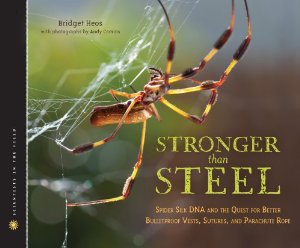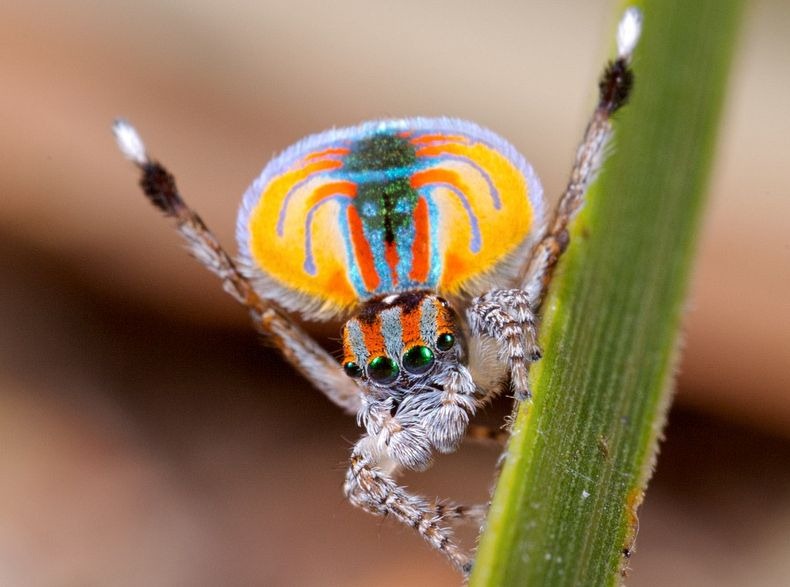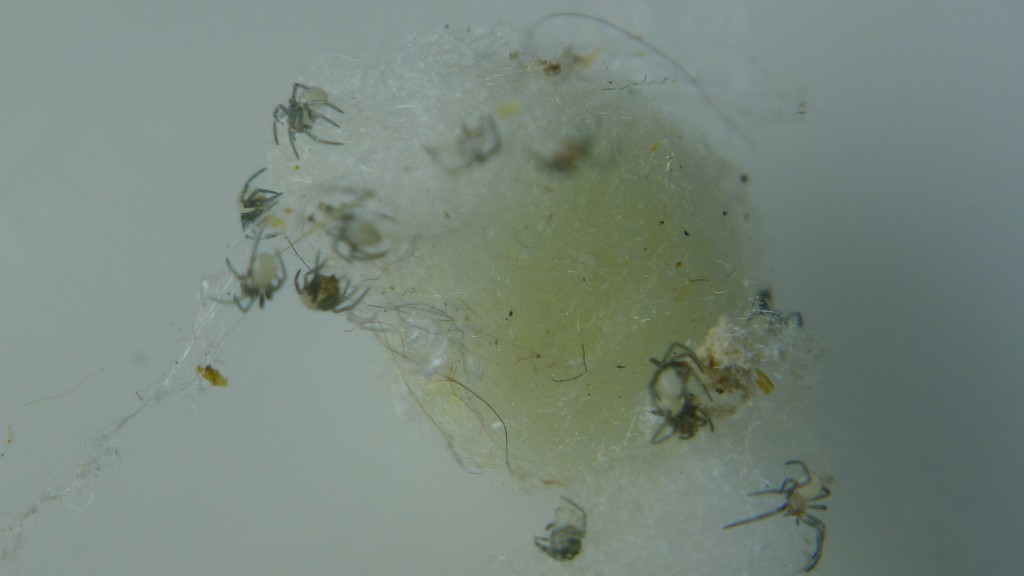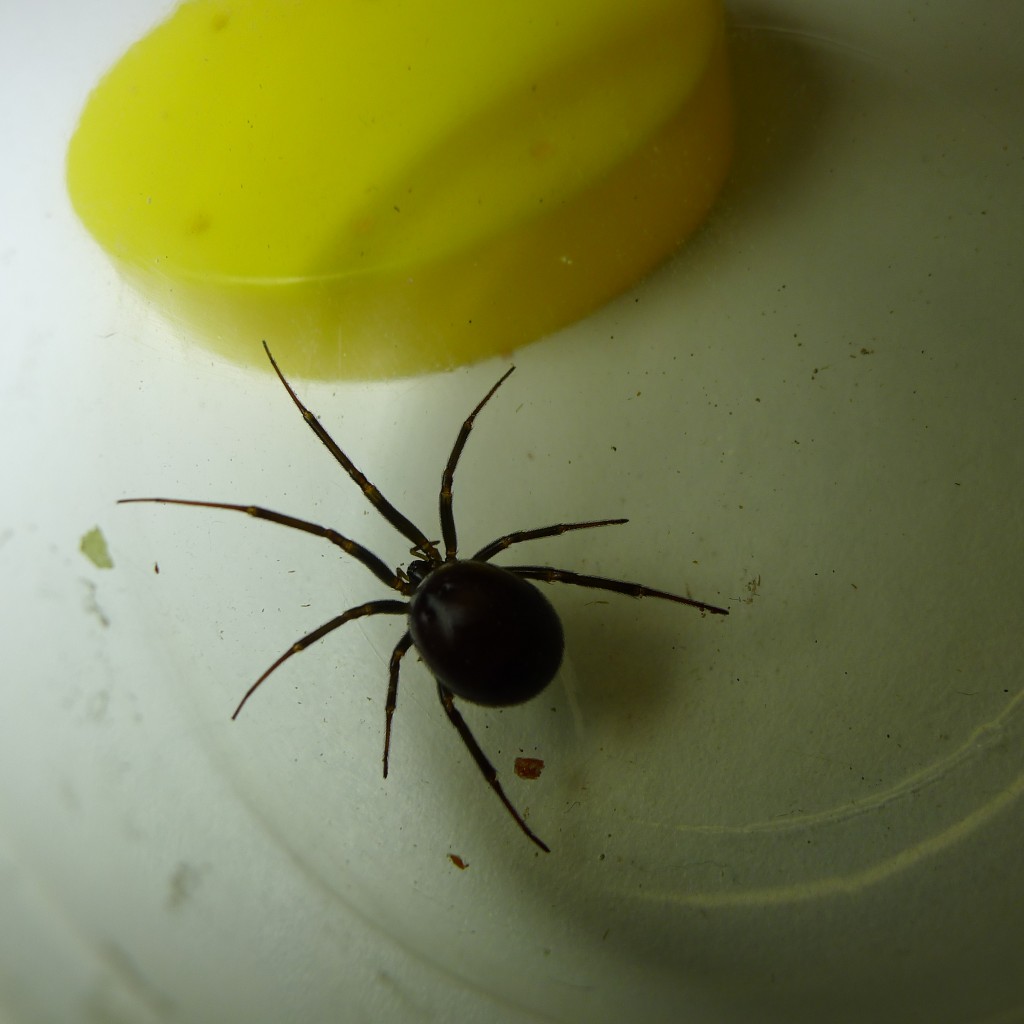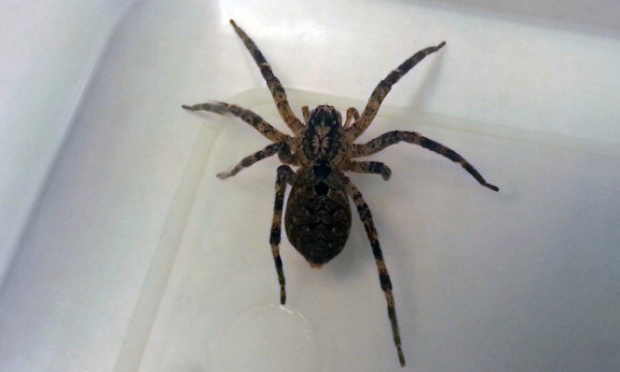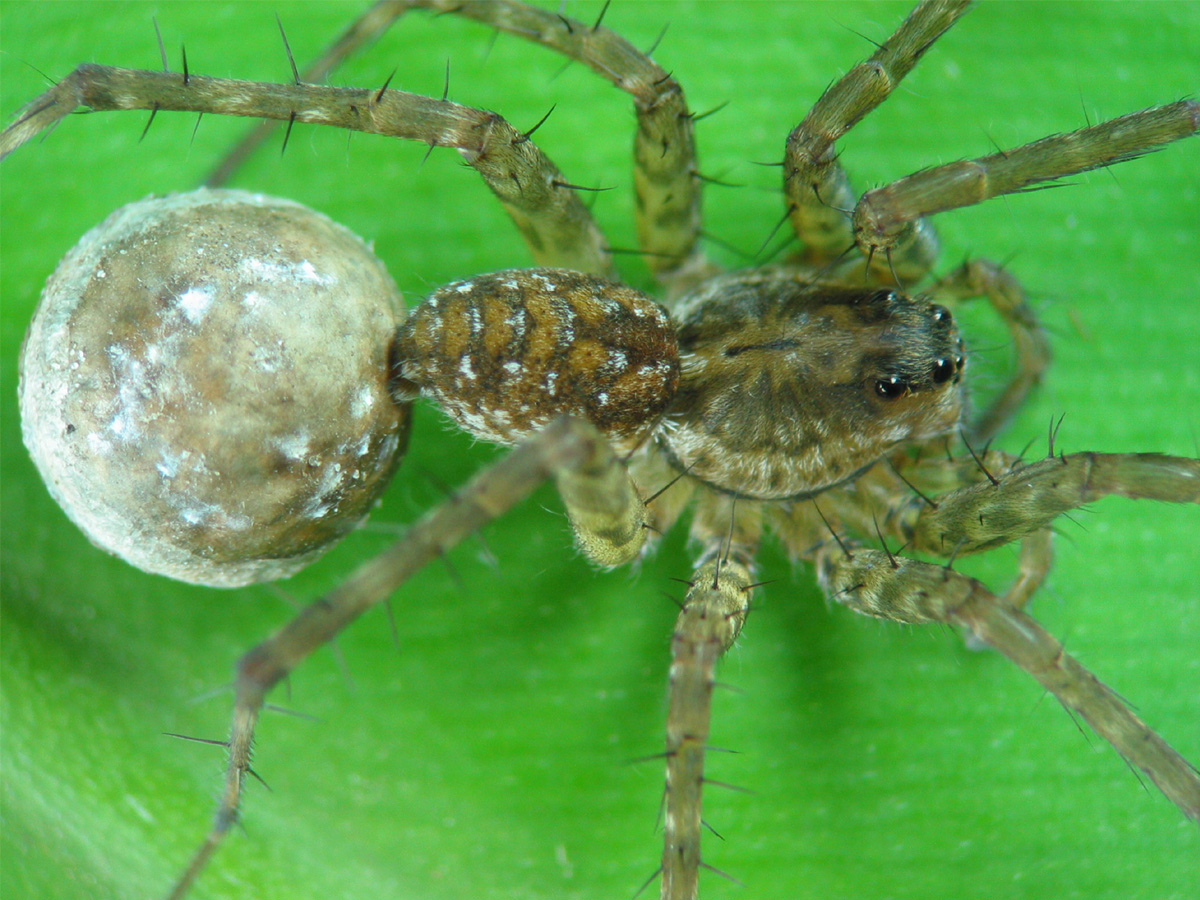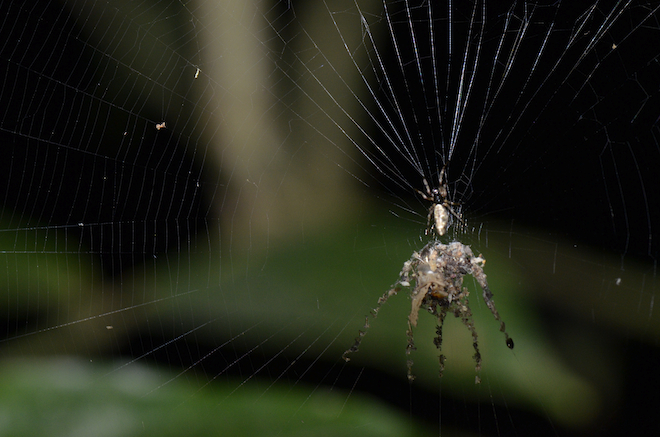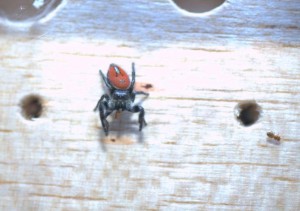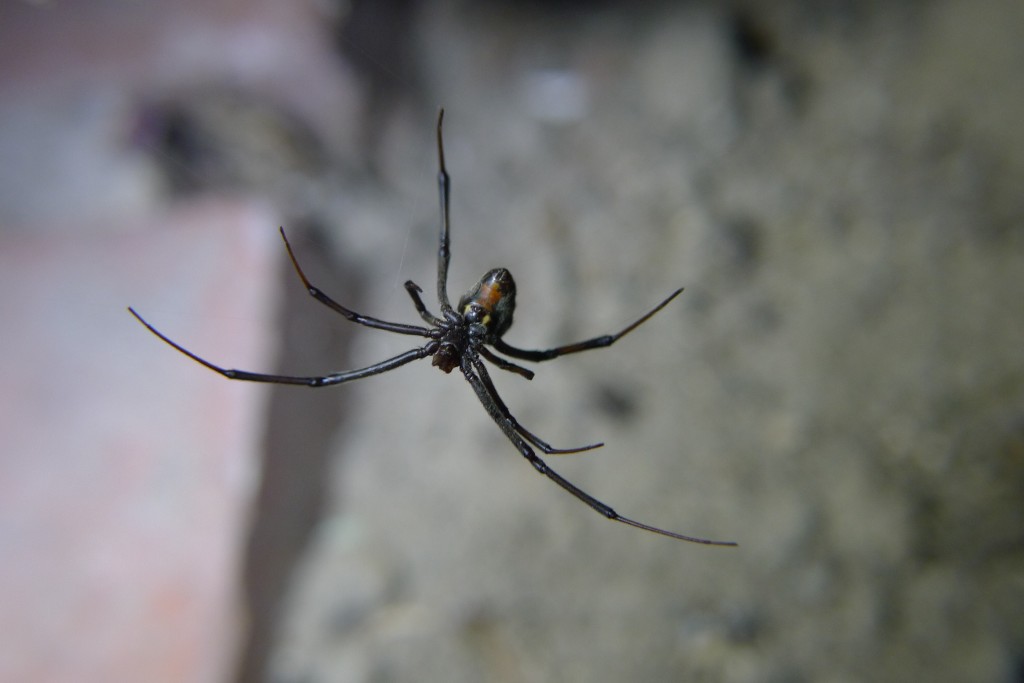Don’t Fear the Creeper
Great news—a scientist and a doctor are teaming up to develop a test to detect brown-recluse venom.
Why is this a big deal? If you’re a fan of facts, you’ll know. The brown recluse spider (Loxosceles reclusa) has a mythical persona far bigger and more menacing than the arachnid itself. It’s the go-to spider when people suffer a skin insult and need to blame a bug. It doesn’t matter if the recluse didn’t do the deed—or even if the recluse doesn’t live in the same state as the invisible biter—this particular spider gets the rap.
At least until you admit your guitar player died of something a little sadder, like liver failure.
Lately the fact-finders of the spider world are getting a little traction, at last, for the idea that “spider bite” is a weak diagnosis for mystery lesions. People are gradually letting it sink in that staph, lice, ticks, ants, mosquitoes, even diabetes can cause medically significant skin problems, too.
Still, the Invisible Spider stalks the internet in every bloggy tale of a gardener with a red bump that oozed and ached and required serious frowns from every doctor in the county. I’ll leave it to the folklorists and anthropologists and psychologists to explain why we have this instinct to blame spiders for every affront. Perhaps, in the immortal words of Oingo Boingo, “they’ve got too many legs.”

Once bitten, not shy: the tarantella gave thousands of colorfully garbed barefoot Europeans an excuse to go footloose and defy social convention. (From “Stomp: A History of Disco and Invertebrates”)
. . . Except for the tarantella dance—anybody can see why dancing deliriously and merrily groping your fellow rustics would be a big hit. Yes, officer, the spider made me twerk.
That’s why an actual medical test for a brown recluse bite could be such a big leap. First for the patient—since spider bite diagnosis is so scattershot, so are the treatments. Are antibiotics required? Steroids? Excision? Just clean the wound and rest? Why is my “spider bite” showing evidence of MRSA or other infection—is that somehow conveyed by a spider? The above-mentioned article from Wayne County, Missouri, a place where brown recluses actually do reside, quotes the test’s co-developer as saying he knew of a child being unsuccessfully treated for brown-recluse bite when in fact she had a life-threatening infection. She died.
A venom test could clear the way to standardized, effective treatment and diminished threat to public health. Doctors can be dummkopfs, too:
A study published in the Journal of the American Board of Family Medicine in 2007 found that South Carolina doctors diagnosed 738 brown recluse spider bites in 2004. However, since 1953 only 44 brown recluse specimens have been verified from six South Carolina counties.
But I’m also hoping the venom test will strike a blow for fact appreciation. It’s not good to walk around sweating bullets about non-threats. Not just spiders. If we can train ourselves to pay attention to careful science and swat away ignorant loudmouths, we can play a better hand in reality-based life. We’ll stop recoiling from spiders or vaccines or Happy Meals toys.
